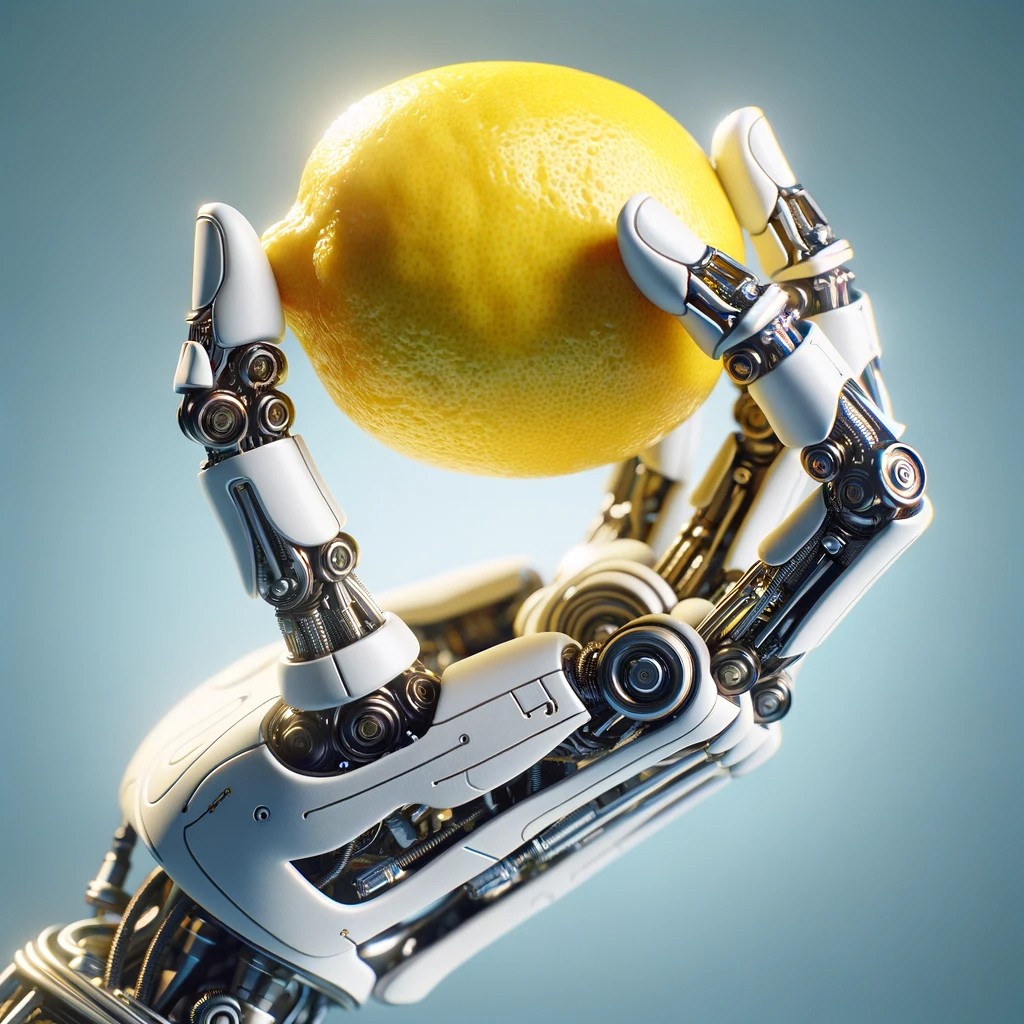In a groundbreaking development in biomimetic robotics, researchers at the University of Cambridge have achieved a significant breakthrough, overcoming a formidable challenge to emulate the sensitivity of human fingertips in robots. Through a pioneering combination of sensor technology and artificial intelligence (AI), they have devised a system capable of reading braille text at a remarkable pace, rivaling human capabilities. This advancement holds transformative potential for various fields, from robotics to prosthetics, heralding a new era of dexterity and sensory perception in artificial systems.
Robotic ‘fingertip’ sensitivity enhancement
At the forefront of this breakthrough is the quest to replicate the intricate sensitivity of human fingertips in robotic systems. Human touch possesses a remarkable ability to discern minuscule details, such as the texture of surfaces or the subtle contours of objects. Mimicking this finesse has long been a challenge for robotics, particularly in dynamic interactions requiring sliding motions akin to human finger movements. Recognizing the importance of such capabilities, researchers at the University of Cambridge embarked on a mission to develop a sensor that could emulate these tactile sensitivities effectively.
Innovative sensor technology and AI integration
The fundamental innovation underpinning this remarkable advancement resides in the seamless merging of state-of-the-art sensor technology with cutting-edge artificial intelligence algorithms. Through meticulous engineering, the researchers devised a robotic ‘fingertip’ sensor endowed with a high-resolution camera, empowering it to traverse braille text with unparalleled precision. Yet, the challenge of inherent motion blur stemming from its sliding motion loomed large.
Undeterred by this formidable obstacle, the team harnessed the power of a sophisticated machine-learning algorithm specifically crafted to ‘de-blur’ images, thereby significantly augmenting the sensor’s capacity to accurately discern and categorize braille characters in real-time. This groundbreaking amalgamation catapulted the sensor’s reading velocity to unprecedented heights, achieving an astounding rate of 315 words per minute with an accuracy rate of 87.5%, thereby surpassing conventional human performance benchmarks.
Implications and future directions
While initially conceived for braille reading applications, the implications of this breakthrough extend far beyond its immediate context. The enhanced sensitivity and rapid processing capabilities exhibited by the robotic sensor hold immense promise for diverse fields, including robotics, prosthetics, and tactile sensing systems. By replicating the nuanced tactile feedback characteristic of human touch, this technology paves the way for more intuitive human-robot interactions and the development of advanced assistive technologies. Also, the scalability of the approach suggests the potential for even greater advancements, with future iterations poised to achieve enhanced performance and versatility.
In conclusion, the achievement of human-like fingertip sensitivity in robotic systems marks a significant milestone in the realm of biomimetic robotics. The collaborative efforts of researchers at the University of Cambridge have yielded a groundbreaking solution that not only enhances the capabilities of robotic systems but also holds profound implications for the field of assistive technologies. As we contemplate the transformative potential of this innovation, one cannot help but wonder: What new frontiers will be unlocked as we continue to bridge the gap between human and artificial intelligence, ushering in an era of unprecedented synergy and innovation?




